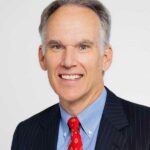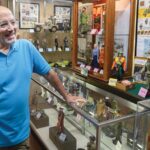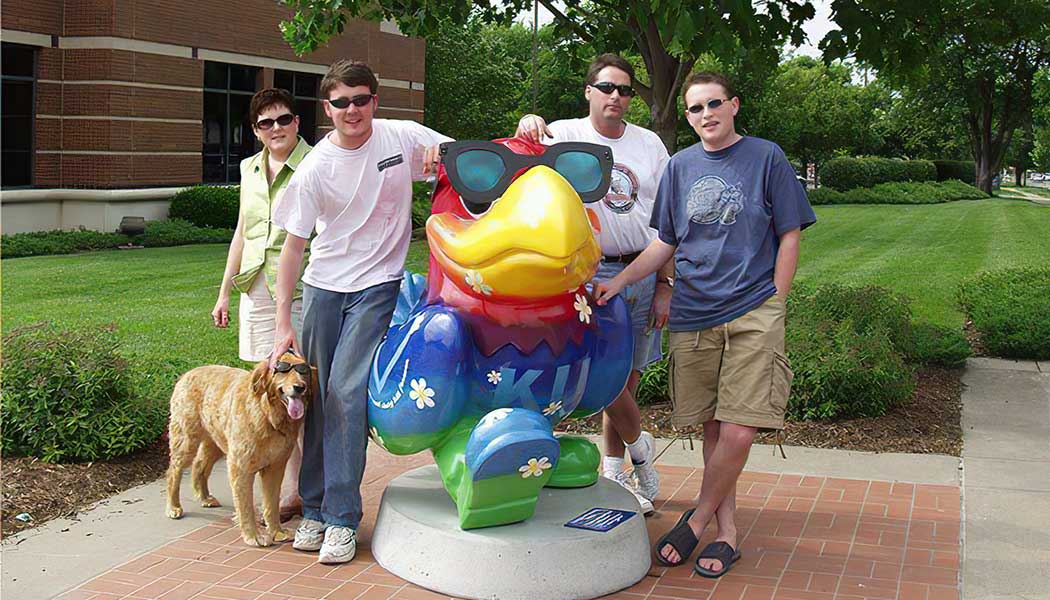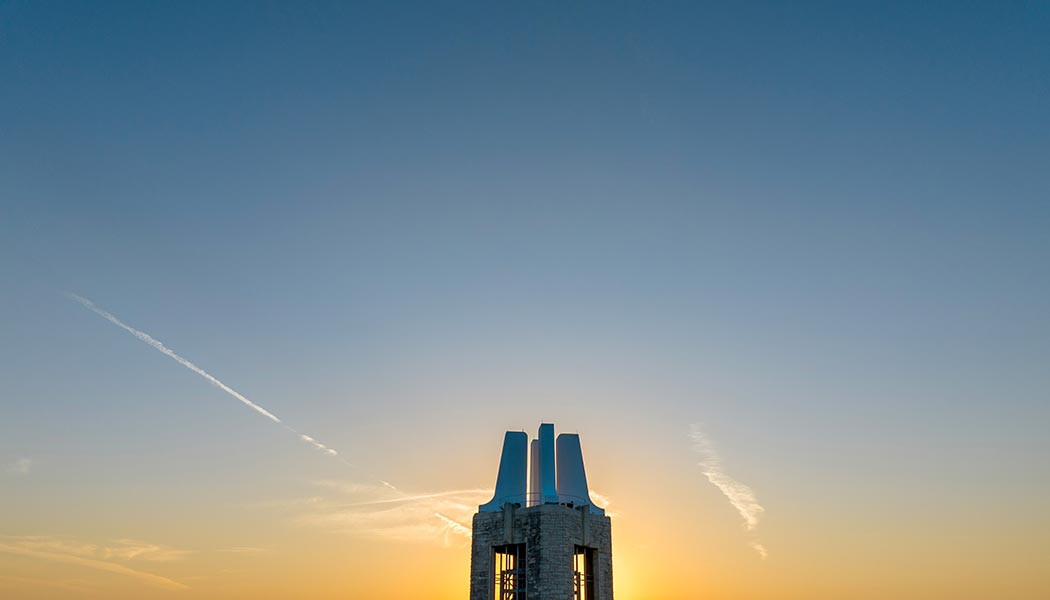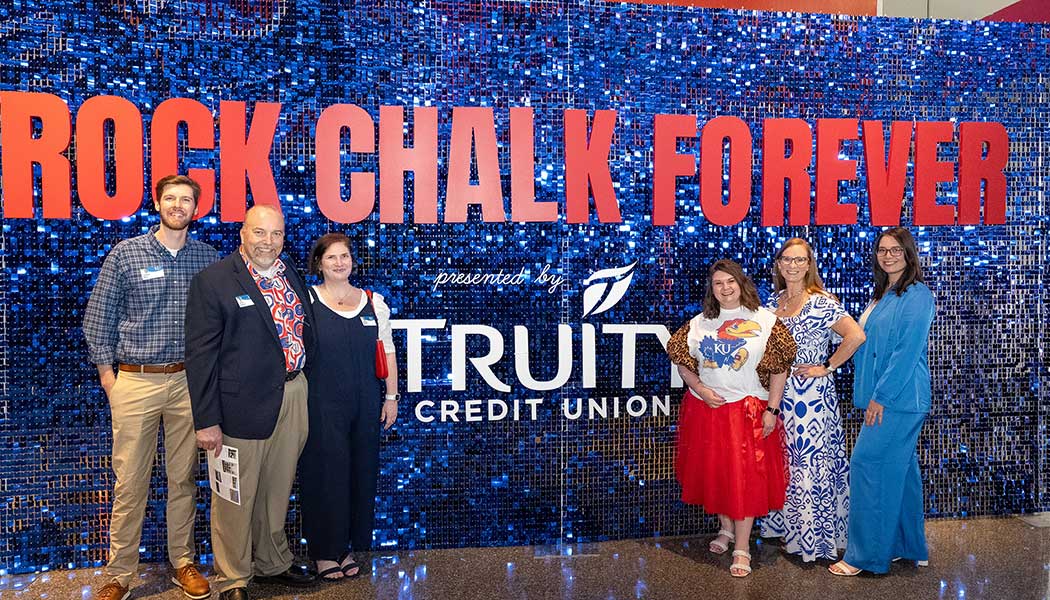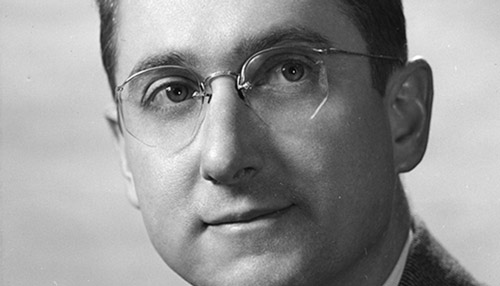Space dreams realized with reliable systems
Webb telescope's wonders help bring engineer's career into focus

Retired electrical engineer Shayle Hirschman, who spent his career designing electronics and computing systems able to withstand the rigors of spaceflight, is justifiably proud when he proclaims that in 2017 and ’18 three of his creations were orbiting Earth at the same time: a Nanoracks satellite payload, the Hubble Space Telescope’s repaired camera sensors, and, most notably, the International Space Station’s systems control computers.
And yet Hirschman’s tally does not even include the James Webb Space Telescope, which in July unleashed upon its amazed terrestrial audience previously unimagined views of deep space.
“It’s incredible. It’s 10 times better than Hubble,” Hirschman, e’82, says from his home in Phoenix, where he’s been retired since chronic fibromyalgia forced an abrupt end to his professional career. “It’s just amazing what we do. You can go into law, you can go into politics, medicine, all kinds of things, but space and science are totally evidence-based and totally about truth.”
Hirschman’s connection with the Webb telescope is, to be fair, a bit tangential: While working at Teledyne Scientific & Imaging in 2007 and ’08—one of the half-dozen jobs Hirschman held after launching his career with 10 years at Martin Marietta Astronautics—Hirschman engineered the microprocessor for focal-plane controls that astronauts aboard space shuttle Atlantis installed on Hubble in 2009.
Hubble has worked flawlessly ever since, and the next-generation chip he designed was further developed for deployment aboard the Webb telescope. He chose to hand that assignment off to a young colleague so he could move to Houston to begin a four-year stint with Boeing Defense, Space & Security as technical lead and computer systems architect for modernization of the space station’s obsolete avionics and scientific systems—a project initially budgeted at $40 million that doubled in size as the breadth of necessary changes became apparent.
“It used late ’70s technology that was built in the early ’80s, and they never upgraded,” Hirschman explains. “They spent all those years building the space station, assembling the pieces, and once they got it all together, they saw that they had to upgrade all the components. Once they started getting all the science experiments running, they didn’t have the bandwidth they needed anymore.”
The updated computer control systems went online in 2013, and Hirschman says that not only have they performed as expected, but the scalable system was recently certified to continue operations through 2030.
“That was a must-not-fail, cannot-fail project. People’s lives are on the line, but I was fully qualified and fully confident in myself because of my experience and my abilities,” Hirschman says. “I think that everything I did all through my life, from age 8, messing around with Radio Shack electronics kits, all the way through college, every company I worked at, gave me the right experience for that position.”
Once the space station contract concluded, Hirschman left Boeing to work for a series of smaller space-systems companies. When forced into early retirement by ill health, he chose to dedicate his time, expertise and $35,000 of his personal savings to designing and building 12 speed-of-light measurement kits for outreach programs at STEM-oriented high schools—motivated in part by rewarding experiences he’d had earlier in his career teaching night-school engineering courses at local colleges.
“I always tried to participate in community things,” Hirschman says, “as my way of giving back.”
RELATED ARTICLES
/
